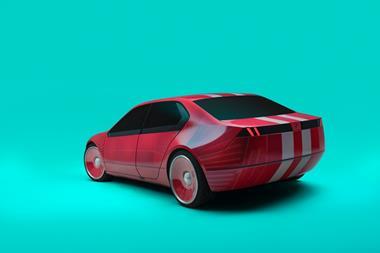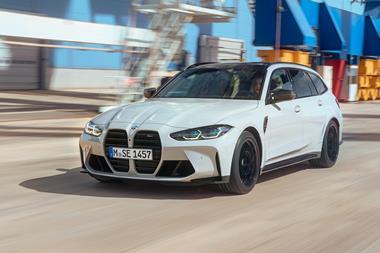Chris Bangle on the 50th anniversary of BMW’s Four-Cylinder Tower
By Laura Burstein2022-08-01T13:10:00
Car Design News sat down with former BMW design director Chris Bangle at the 50th anniversary of BMW’s famous Four-Cylinder Tower in Munich
We at CDN celebrate cars on a daily basis but, of course, we also often look to architecture for inspiration. As with the vehicles we drive, the structures in which we live and work are significant beyond aesthetics; they can be symbols of our values, our culture and our aspirations for the future.
In the late 1960s, BMW was enjoying renewed growth after narrowly escaping bankruptcy and acquisition from Daimler-Benz less than a decade earlier. The company had turned its attention from making expensive, big-engined sports and luxury cars like the 507 to a line of more attainable saloons and coupes. Starting with the Neue Klasse and followed shortly thereafter by the more affordable 02 Series built on a shortened New Class chassis, BMW was gaining ground with not only European customers, but those in America, too. Over the next years, the company produced several models, including the 2000 CS and 2002, with design led by Wilhelm Hofmeister – as in BMW’s signature rear window kink. A growing workforce meant more office space, and in 1966 BMW began the search for designs for a new administrative building in its already-dense neighbourhood of Schwabing in northwestern Munich.
At the same time, Munich was planning to host the 1972 Olympics, a symbolic welcoming, of sorts, of Munich and greater Germany back into the global community after the atrocities of World War II. “That whole time period was very important for the nation as a whole and they looked toward Munich,” Chris Bangle, the brand’s chief of design from 1999 to 2009, told us.











































